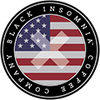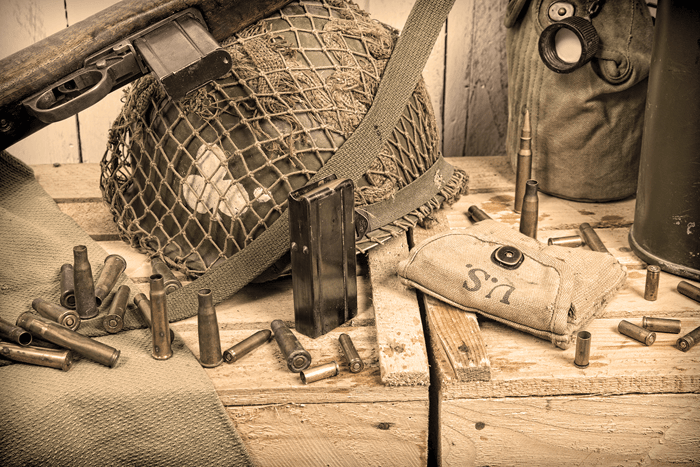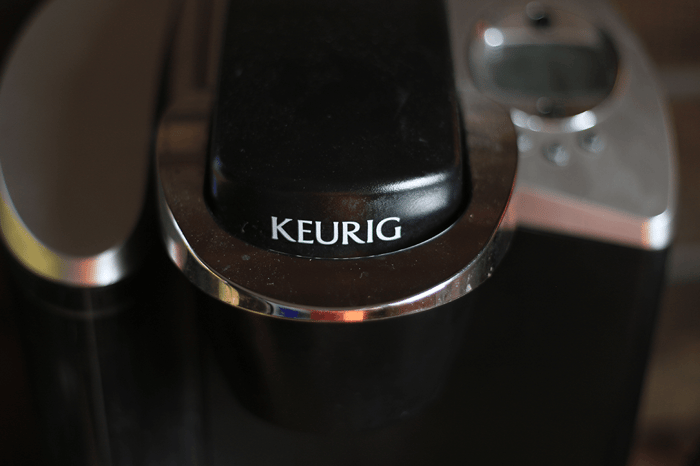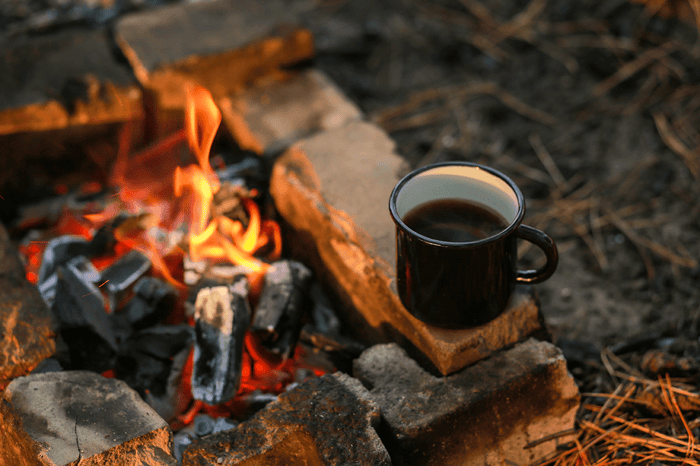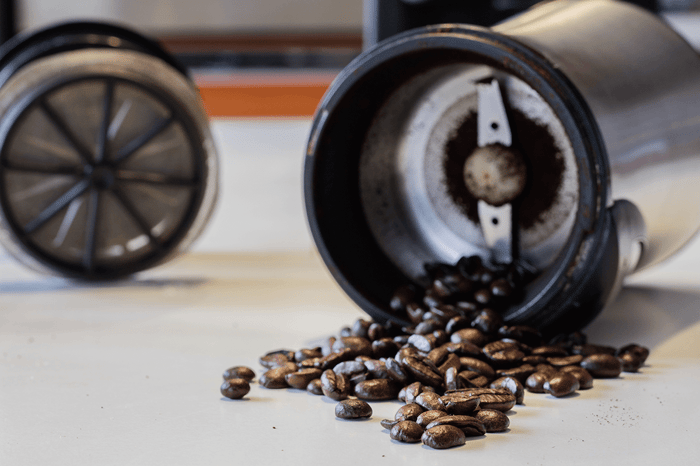
Where Did the “Americano” Come From?
The Americano, as we know it today, originated sometime between World War I and World War II.
Coffee was such a necessity for American troops during World War II, that it’s estimated the average U.S. serviceman was personally consuming coffee at a rate of over 32 pounds a year.
The U.S. Army was grinding, packaging, and shipping tons (literally) of coffee overseas to supply the troops, but it was still often in short supply.
It’s generally accepted that the “Americano” was created when American troops in Italy found the only local coffee that was available to them—espresso—unpalatable.
Espresso wasn’t just too bitter for the American soldiers’ tastes. The serving sizes seemed miniature to men who were used to drinking larger, filling cups of coffee back home.
To make the local espresso taste less bitter, the Americans diluted it with lots of hot water, making it taste roughly similar to the American-style black coffee they were more familiar with—and nostalgic for.
The locals, naturally, called what the soldiers were drinking a Caffé Americano (American Coffee).
Interestingly, as credible as this origin story is, the 1928 book Ashenden: Or the British Agent by the British writer Somerset Maugham includes a short story where the protagonist drinks something called an “americano”—throwing the WWII origin story’s timeline into question.
However, the book doesn’t give any real details about the drink. From my research, it seems unclear whether it was even coffee. I found the book online and the passage appears on page 80:
Then he took a fly drawn by a small and scraggy pony and rattled back over the stones to the Galleria where he sat in the cool and drank an americano and looked at the people who loitered there (...)
Nevertheless, since the story takes place in Italy during World War I, it can be assumed that the “basics” of the origin story are true. It’s “only” the matter of which World War the Americano was invented during that we’re not sure of.
Over time, variations of the Americano began to appear.
In one fairly popular variation, the “Red Eye” Americano (also called the “Shot in the Dark”), the espresso is diluted with American style filtered coffee instead of water. Weak coffee lovers need not apply. (Do those exist?)
How to Make an Americano
You might be saying, “adding hot water to espresso is pretty simple.” And the American soldiers in Italy probably weren’t following specific measurements and instructions when they made their Americanos.
Still, to make an Americano as we know it today, you need to pick a side:
Do you add water to espresso, or do you add espresso to water? Stay with me here.
Some people pour hot water over espresso, believing that this preserves the body and texture of the espresso. Others pour espresso over water, in an attempt to avoid scalding the espresso with the hot water.
Neither way is wrong, or right. I’ve had them both ways, and at the risk of offending die-hard proponents of both parties… both tasted about the same.
Once that decision is out of the way, you can make an Americano by combining 1 - 2 espresso shots with about 6 - 8 oz. of hot water.
If you use 3 shots and 9 oz. of water, I promise that life will still go on, so don’t worry too much about the proportions written here. You can adjust the recipe to your individual taste.
If that’s not Americano, I don’t know what is.
Can You Make an Americano without an Espresso Machine?
Don’t have a $2000 espresso machine at home? I feel you.
Impress your friends (and yourself) by making Caffé Americanos in your own home using the world’s strongest, most caffeinated dark roast coffee, Black Insomnia Dark Roast, and an AeroPress to “pull” espresso-style shots.
Some may say this way isn’t authentic, and of course it’s not—but I think a workaround isn’t out of line with the spirit of the drink.
(Plus, I’ve tried this method at home—An Americano was “my drink” for several years, and I feel this method comes really close to being the same thing.)
Who knows? You might even prefer it to your usual method of brewing coffee.
The Americano started as a workaround, but it’s stuck around for 80 - 100 years for a reason.
